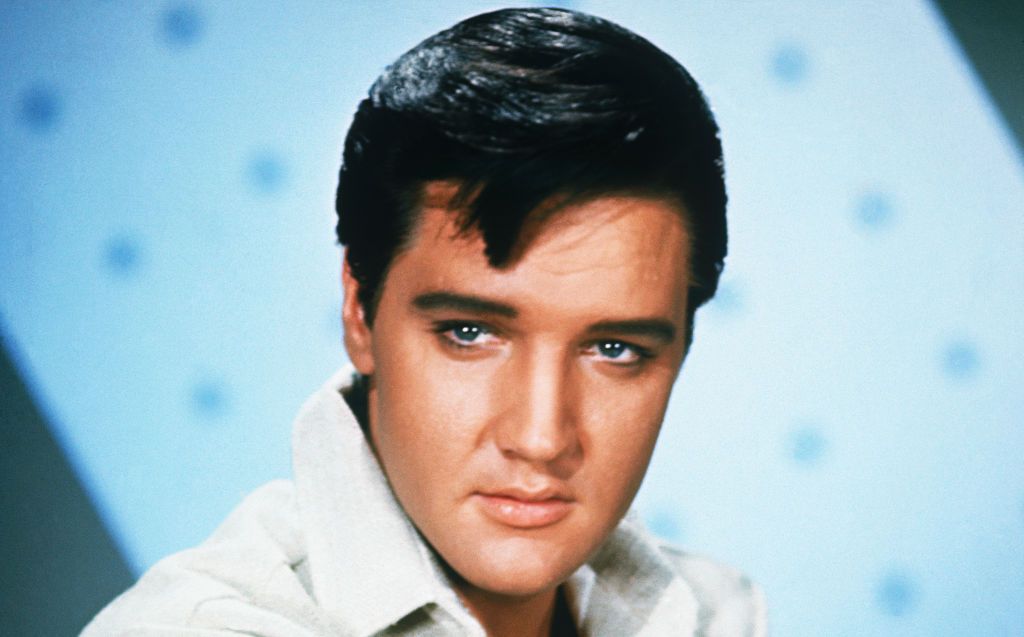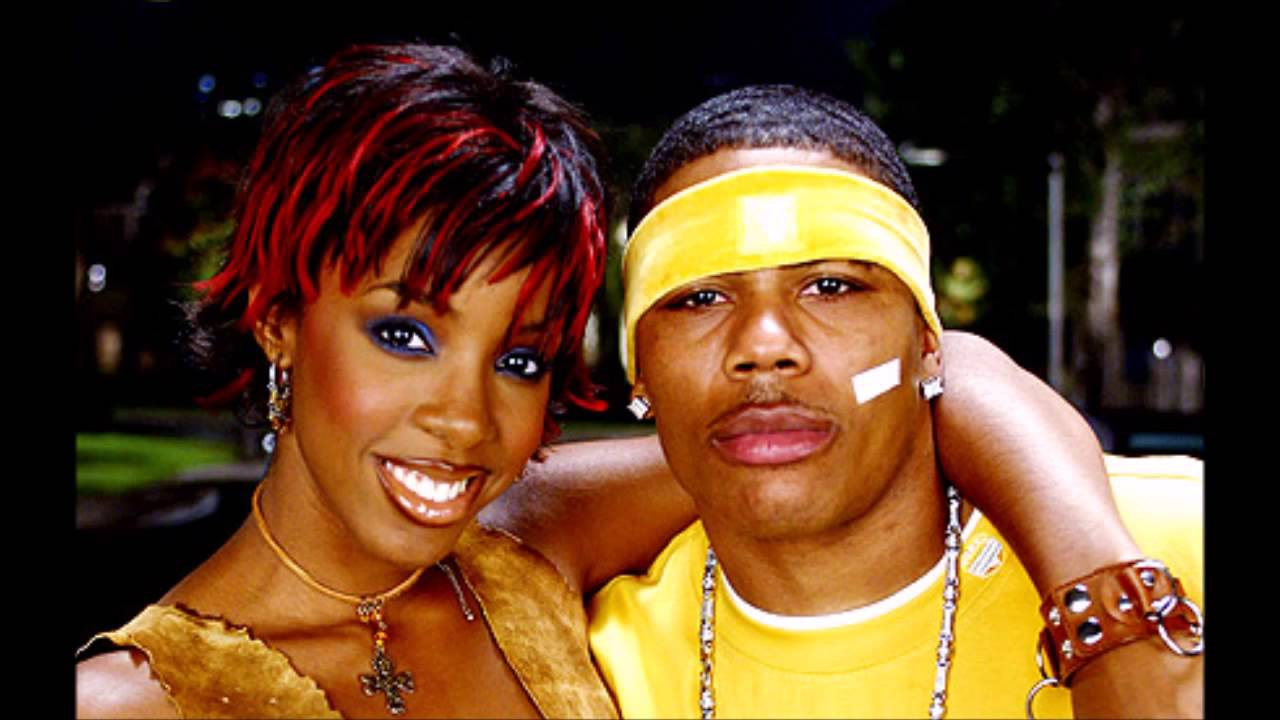The Billboard Hot 100 has long stood as the gold standard for measuring the success of songs in the United States. Since its creation in 1958, it has continuously evolved, mirroring shifts in musical trends, consumer behavior, and technological advances. From the dominance of rock and roll to the era of streaming, the Hot 100 has been at the forefront of the music industry’s changing terrain. The chart reflects not only shifts in musical genres but also the profound influence of new media platforms, evolving audience tastes, and the changing ways music is consumed. Let’s explore key trends in the Billboard Hot 100’s history, from the rise of new genres to the impact of streaming, providing insight into how the chart has stayed relevant over decades.
1. The Rise of Rock and Roll (1958–1970s)
In the early years of the Billboard Hot 100, rock and roll reigned supreme. From its inception in 1958, the chart featured legendary artists like Elvis Presley, Buddy Holly, and Chuck Berry, who became synonymous with the genre. By the 1960s, the chart was heavily influenced by the British Invasion, with The Beatles and The Rolling Stones becoming mainstays in the Hot 100. Rock music, with its rebellious spirit and infectious energy, a generation, and the Hot 100 reflected this dominance. During this time, songs were mostly driven by radio airplay, and the album format wasn’t as prominent in pop culture, meaning singles ruled the charts. Rock’s popularity continued into the 1970s, albeit with the emergence of sub-genres like glam rock and progressive rock.

2. The Hip-Hop and R&B Revolution (1990s–2000s)
By the 1990s, the Billboard Hot 100 saw a significant shift as hip-hop and R&B began to dominate the chart. Artists like Tupac Shakur, Notorious B.I.G., TLC, and Destiny’s Child helped shape this new era, marking a turning point for popular music in America. Hip-hop, once considered niche, achieved mainstream success with its rhythmic beats, sharp lyricism, and cultural resonance. Throughout the 2000s, artists such as Jay-Z, Beyoncé, and Usher further solidified the genre’s place atop the charts, blending rap with pop melodies and R&B influences. The crossover between hip-hop and mainstream pop was a game-changer for the Hot 100, leading to a more diverse musical terrain. This period also saw the Hot 100’s increased focus on collaborations, particularly between hip-hop artists and pop musicians, contributing to genre-blending hits.

3. Streaming and the Digital Age (2010s–Present)
The 2010s marked a monumental shift in how music was consumed, and the Billboard Hot 100 adapted to these changes. With the rise of streaming services like Spotify, Apple Music, and YouTube, the way listeners access music has fundamentally changed. In 2013, Billboard began including streaming data in its rankings, dramatically altering how songs charted. Streaming allowed songs to gain popularity rapidly, often bypassing traditional radio airplay. This shift helped artists like Drake, Post Malone, and Ed Sheeran break records for chart-topping success, often maintaining long stints at the top due to the accessibility of their music on digital platforms. The inclusion of streaming data also gave independent artists the chance to chart, disrupting the traditional gatekeeping mechanisms of the industry.
4. Genre Fusion and Globalization (2020s and Beyond)
The 2020s have ushered in a new era for the Billboard Hot 100, where genre boundaries are increasingly blurred and international influences have taken center stage. The chart now regularly features artists who blend pop, hip-hop, electronic, country, and even Latin influences, creating a diverse mix of chart-topping hits. Artists like Bad Bunny, BTS, and Lil Nas X are prime examples of how globalization has transformed the music scene. Additionally, the role of social media platforms like TikTok has become essential in propelling songs to viral success. A song’s rise to the top of the Hot 100 can now be driven by its popularity on TikTok, creating a new path for songs to go viral and secure massive chart success. This shift reflects the evolving relationship between music and social media, where trends are often born and nurtured outside of traditional media outlets.


